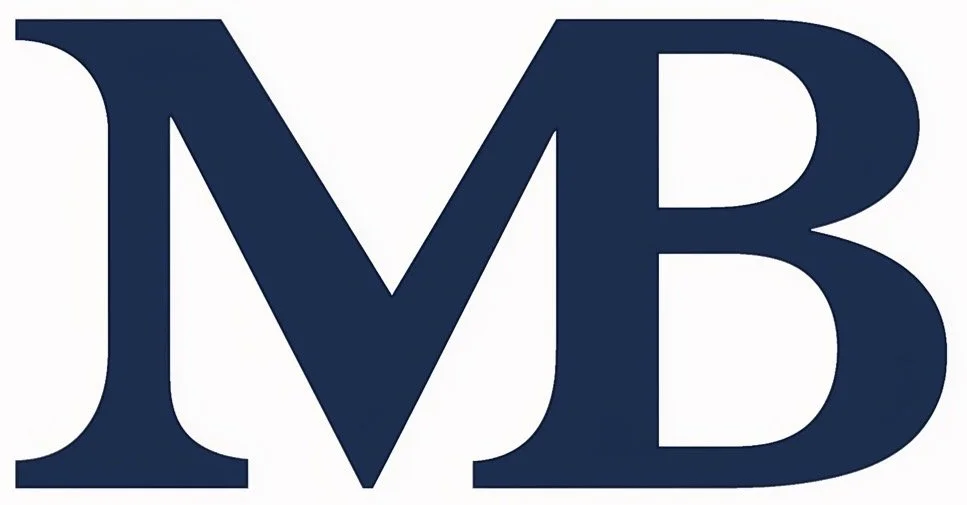Why Standardization is a 'Secret Ingredient' to Drive Operational Performance
Read time: ~7 mins
Word count: 919
What is standardization, and why is it a big deal around here.
Standardization is the action of controlling process inputs so that process outputs are dependable. If process outputs are dependable, that gives you the ability to predict with reasonable certainty how your process is going to function in an hour, a day, a month, or a year from now.
This predicability can help with three important tasks.
The first is knowing a systems capacity (how much it can produce in a given time interval). This is necessary if you want to maximize the sales of a given process or system. If you are unsure how many widgets your system can predictably (key word) produce in a given time frame, it is hard to fill that system to maximum capacity. Additionally, if the system has massive fluctuations, it is difficult to guarantee delivery dates of those widgets.
The second is making high leverage improvements to your system. When a process does not have standardization, it is challenging to know if changes are improving the outputs in a dependable fashion. It all comes down to predicable (improved) system performance. This can take the form of increased system output, improved quality, safety, or any other major metrics you are focused on.
Third, It is much easier to train other people on a standardized process. When processes steps are clear, knowing what to do next also becomes clear. When a person does not know the next step in a process, they will either stop, guess, or interrupt the work of another. All those options are not helping to achieve the goal of improving capacity and quality. Clarity is key when learning, and standardization gives clarity.
Now bringing those three benefits together. With a standardized process, you can make predictable performance improvements. Those improvements can drive improved capacity that can be sold. Those additional sales help to further grow the operation. That sales growth gives resources to improve further. Those incremental improvements help further push capacity. And this cycle can continue until the incremental improvement gained is not worth the investment required to realize that gain (the point of diminishing returns on resources).
How baking can help us learn the value of standardization on outcomes
Lets say your friend has an incredible monster cookie recipe. Your friend being great, agrees to teach you their monster cookie recipe.
Given this opportunity, which of the two strategies would you choose;
A.) Watch your friend, trying to memorize what they did to make the incredible cookies. Then go back to your house relying on memory to recreate the same cookies as your friend?
B.) Record your friend making the cookies while taking notes on the steps. Make a copy of the recipe. Then go back to your house and follow the recipe, video, and notes to try and recreate the same cookies?
I’m going to guess you selected option “B”. Thats because the value of standardization in that situation is clear. If you have the same inputs, you should have similar repeatable outputs.
Baking is a great example because it has a culture of process documentation, standardization, and improvement baked into the activity. Also, you get feedback on your inputs quickly, and the output is typically delicious.
How To Standardize a Process
The first and arguably most important task is to define the target outcome of the process. This means being clear on what that process is supposed to achieve. This will be your “north star” as you standardize the process. Anytime you have a multiple options in front of you, you will know which direction to chose because it aligns with that target outcome.
Next, you will want to choose which process to focus on. I recommend selecting a process that has variation in the quality and quantity of inputs. As an example, there are near infinite inputs in terms of ingredients and quantities in the cookie example above. That is why recipes make so much sense. In business, an example could be your customer intake process, or how to assemble a widget. But also, please remember it doesn’t have to be a gnarly process to qualify for standardization. A simple process can also benefit from standardization.
After a process is chosen you will want to write down the process, step by step, how it is done today. Make sure you are honest with yourself. This is a great time to realize gaps and errors in that process. Sometimes documenting (writing it down) can be a simple yet profound exercise in understanding a process.
From there, you will want to add, remove, and reorganize steps to be as simple and effective as possible. This is a chance to improve the process AND standardize it at the same time.
Lastly, ensure it produces the target outcome. Test and tweak until you are satisfied with the outputs. Once you have the process defined and documented. You can also post the process for easy reference.
Closing Thoughts
Standardization combined with continuous improvement unlocks a positive cycle of growth in an operation. The opposite is also true, choosing to not standardize an operation is choosing to invite more chaos into process outputs. Luckily, standardizing is low cost, simple, and drives performance.
If you enjoyed the content in this article, please make sure to teach it to a friend or colleague. Sharing information is a great way to increase your retention of the materials!
- Matt
